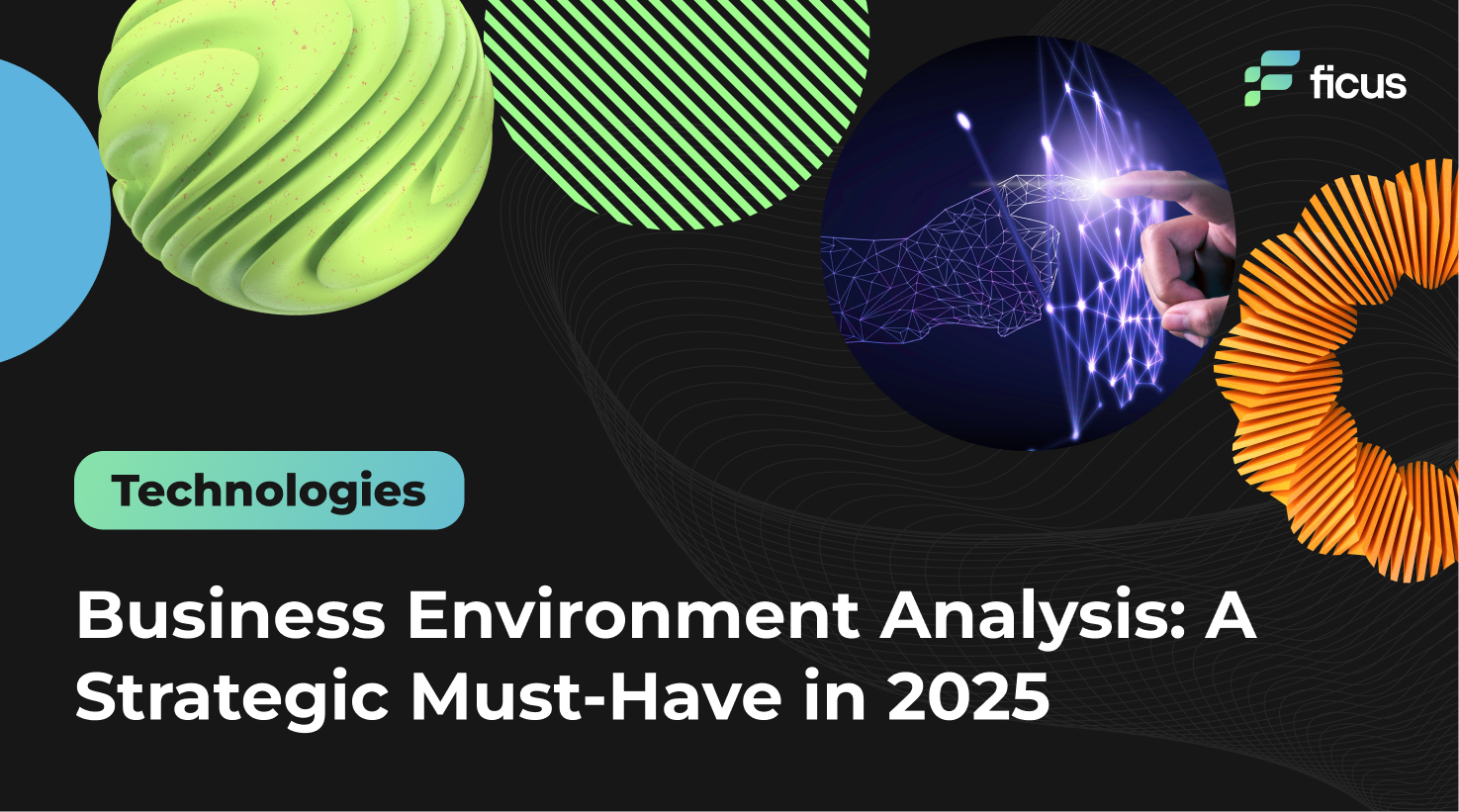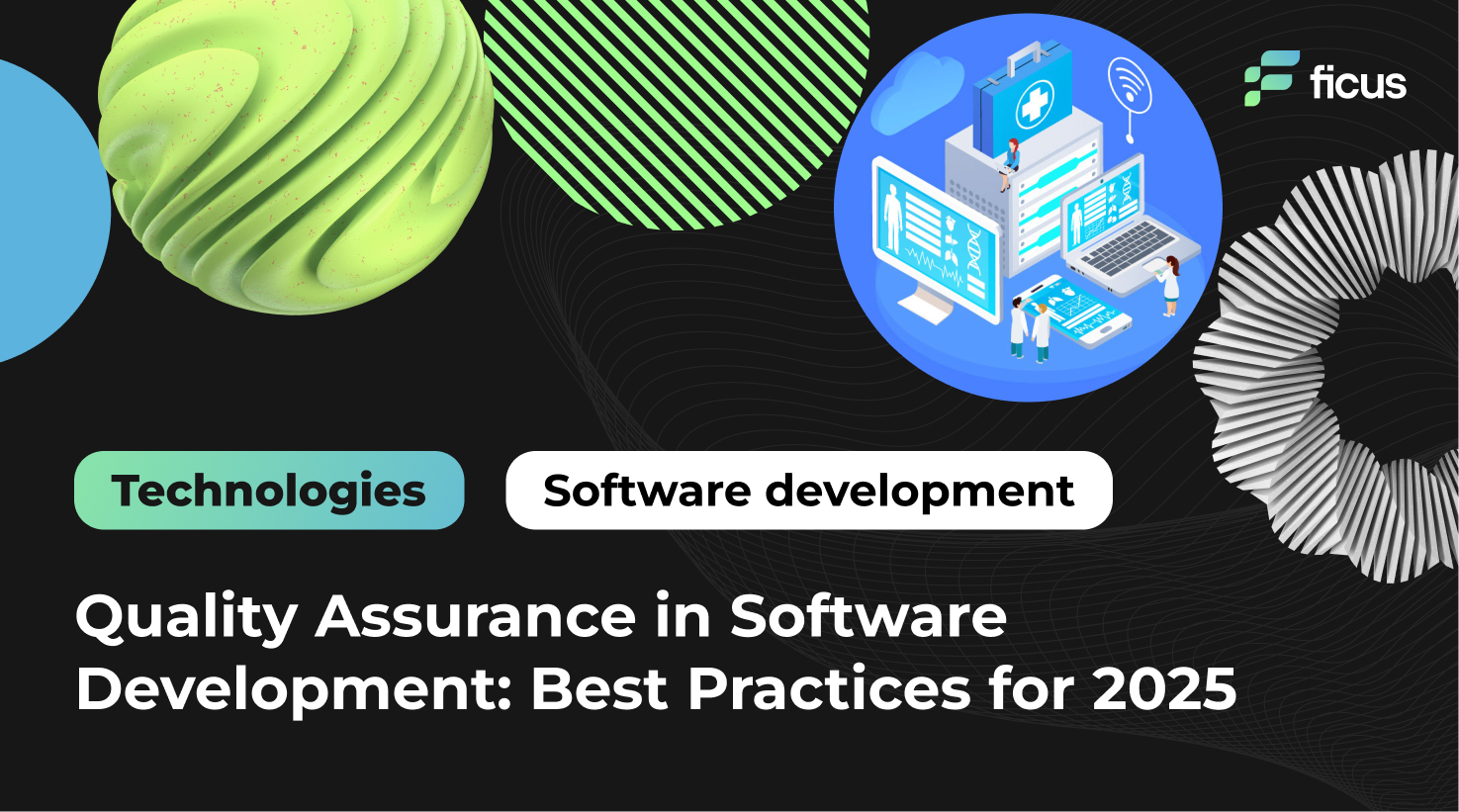In a world where competition grows fiercer every year, business efficiency is no longer just a metric — it’s a survival strategy. Companies that fail to streamline operations risk losing customers, wasting resources, and falling behind competitors who operate faster and smarter.
This is where IT services come into play. They are no longer simply about fixing broken systems or providing technical support. Instead, they have become a strategic lever for growth — helping businesses reduce costs, strengthen security, improve workflows, and unlock innovation.
In this guide, we’ll explore how IT services act as an accelerator for business efficiency and why they are essential for companies navigating digital transformation in 2025.
- IT services are no longer a support function — they’re a business growth driver.
- Intelligent automation can cut process times by 50% and reduce human error.
- Cloud solutions offer scalability and cost-efficiency for global operations.
What are IT services?
At their core, IT services encompass a wide range of solutions that help organizations operate effectively in the digital world. These services cover everything from network administration, system support, and cloud computing to advanced areas such as DevOps, cybersecurity, business intelligence, and endpoint management.
In the past, IT was often reactive — fixing problems after they happened. Today, it has become strategic and proactive, ensuring that businesses remain agile, efficient, and resilient. Modern IT services are not just about keeping the lights on. They are about aligning technology with business goals, unlocking innovation, and reducing inefficiencies that hold companies back.

Enhancing Operational Efficiency Through Automation
Manual processes are notorious for slowing down business operations. From data entry to customer onboarding, employees often spend hours on repetitive tasks that add little strategic value. This is where automation delivers transformation.
With intelligent automation tools, businesses can cut process times by half, eliminate human error, and empower teams to focus on creative and high-value work. For example, automated reporting tools allow leaders to access real-time insights instantly rather than waiting days for manual preparation. In this sense, automation does more than save time — it transforms efficiency into a competitive advantage.
Scalable Cloud Solutions for Growth
Cloud computing has become a cornerstone of modern business strategy. Unlike traditional infrastructure that requires heavy upfront investment, cloud platforms offer on-demand scalability. Businesses can increase storage, computing power, or services with just a few clicks.
The advantages are clear: lower capital expenses, flexibility to expand globally, and seamless access for distributed teams. For companies navigating uncertain markets, the cloud provides the agility to adapt without major disruption.
By leveraging cloud-native applications and optimized architectures, businesses ensure that technology supports their growth rather than constraining it.
Ready to transform your business with smarter IT solutions?
Contact UsStrengthening Cybersecurity and Compliance
Cybersecurity is no longer an optional add-on — it is essential for maintaining trust, protecting sensitive data, and ensuring compliance with regulatory standards. Attacks are becoming more sophisticated, and fines for non-compliance are harsher than ever.
Modern IT services include multi-layered security frameworks such as firewalls, endpoint protection, and intrusion detection systems. They also provide encryption, secure backups, and compliance support for regulations like GDPR, HIPAA, and PCI DSS.
When businesses prioritize security, they not only reduce risks but also strengthen customer confidence and maintain business continuity.
Business Intelligence and Data-Driven Decisions
In the digital age, every company generates massive amounts of data. Yet, without the right tools, that data remains untapped. IT services help transform raw information into actionable insights that fuel decision-making.
Through BI dashboards, predictive analytics, and integration of multiple data sources, businesses can see the bigger picture. For example, sales trends can inform inventory planning, customer behavior data can refine marketing strategies, and operational metrics can optimize workflows.
The ability to make decisions based on real-world evidence gives companies a powerful edge over competitors still relying on guesswork.
Mobile Device and Endpoint Management
With remote and hybrid work now standard, the modern workforce relies heavily on mobile devices. However, every laptop, smartphone, or tablet becomes a potential vulnerability. IT services address this challenge with centralized Mobile Device Management (MDM) solutions.
These tools provide full visibility and control over devices: setting permissions, enforcing security policies, enabling remote wipes, and monitoring threats. This ensures that employees can remain flexible and mobile while businesses maintain control and protect sensitive data.
Endpoint management is not just about security — it’s about enabling safe, productive work from anywhere.
Unified Communications and VoIP Integration
Fragmented communication slows down teams, creates silos, and frustrates customers. Unified communication solutions streamline this by bringing together voice, video, messaging, and collaboration tools into one integrated system.
VoIP technology reduces costs while improving call quality and scalability. Combined with video conferencing and team messaging platforms, it ensures that communication flows seamlessly across the organization.
The result is better coordination, faster decision-making, and stronger customer relationships — all critical drivers of efficiency.
Virtual CIO (vCIO) and IT Strategy Services
Not all companies have the budget for an in-house Chief Information Officer, but every organization needs IT leadership. Virtual CIO services fill this gap by providing executive-level expertise tailored to business needs.
A vCIO helps align IT investments with strategic objectives, plans infrastructure upgrades, oversees system migrations, and identifies opportunities for digital innovation. This ensures that businesses avoid costly missteps and maximize ROI from their technology decisions.
By adopting a vCIO model, companies of all sizes gain access to the kind of strategic leadership that was once available only to enterprises.
Technology Training and Change Management
Technology adoption is only successful when people use it effectively. That’s why training and change management are key components of IT services.
From onboarding programs and user workshops to ongoing support, these initiatives ensure employees embrace new tools with confidence. By equipping staff with the knowledge they need, businesses minimize resistance, increase productivity, and fully realize the value of their IT investments.
Change management bridges the gap between technology and people, turning potential disruption into smooth transitions.
Information technology and business are becoming inextricably interwoven. I don’t think anybody can talk meaningfully about one without talking about the other.
Bill Gates
Conclusion
In 2025, IT services define the difference between companies that simply survive and those that thrive. By embracing automation, cloud solutions, cybersecurity, analytics, and strategic guidance, organizations unlock efficiency, reduce risks, and gain a competitive edge.
The rewards are significant: faster time-to-market, lower operational costs, stronger resilience, and greater customer trust. Businesses that view IT not as background support but as a strategic partner are the ones that will lead industries into the future.
Ultimately, IT services are no longer optional. They are the engine of sustainable growth, powering companies through the complexities of today’s digital landscape and preparing them for the opportunities of tomorrow.
Why Ficus Technologies?
What sets Ficus Technologies apart is the combination of technical expertise, business alignment, and proactive strategies. Rather than offering one-size-fits-all services, the company tailors IT solutions to fit the unique needs of each client.
Key differentiators include:
- Proven expertise across industries
- Agile, business-focused IT strategies
- Enterprise-grade security and compliance frameworks
- End-to-end services, from cloud migration to ongoing optimization
With Ficus Technologies, IT becomes more than just a support function — it becomes a long-term competitive advantage.
IT services refer to a broad set of technology solutions that support and optimize a company’s digital infrastructure — including cloud systems, cybersecurity, automation, DevOps, and more. They ensure stable operations, reduce risks, and enhance overall efficiency.
In 2025, businesses face complex tech ecosystems, growing security threats, and pressure to scale quickly. Smart IT services automate repetitive tasks, secure systems, and enable faster, data-informed decisions — all of which contribute to leaner, more efficient operations.
Basic IT support is reactive — it fixes problems as they arise. Strategic IT services are proactive — they prevent problems, align with business goals, and drive long-term growth. Ficus Technologies focuses on the latter.
Absolutely. With services like cloud migration, vCIO support, and automation, even small businesses can reduce costs, scale operations, and access enterprise-grade capabilities without hiring a full in-house IT team.
We tailor IT strategies to your business objectives, not just your infrastructure. From automation and BI to cloud scaling and security, our goal is to turn technology into a measurable performance asset — not a maintenance cost.
Yes — if done correctly. We ensure secure cloud transitions through encryption, compliance controls, and ongoing monitoring. Data protection is a priority from planning to post-deployment.
In most cases, automation and cloud optimization bring noticeable ROI within the first few months — through reduced manual labor, fewer errors, lower infrastructure costs, and faster decision-making.








